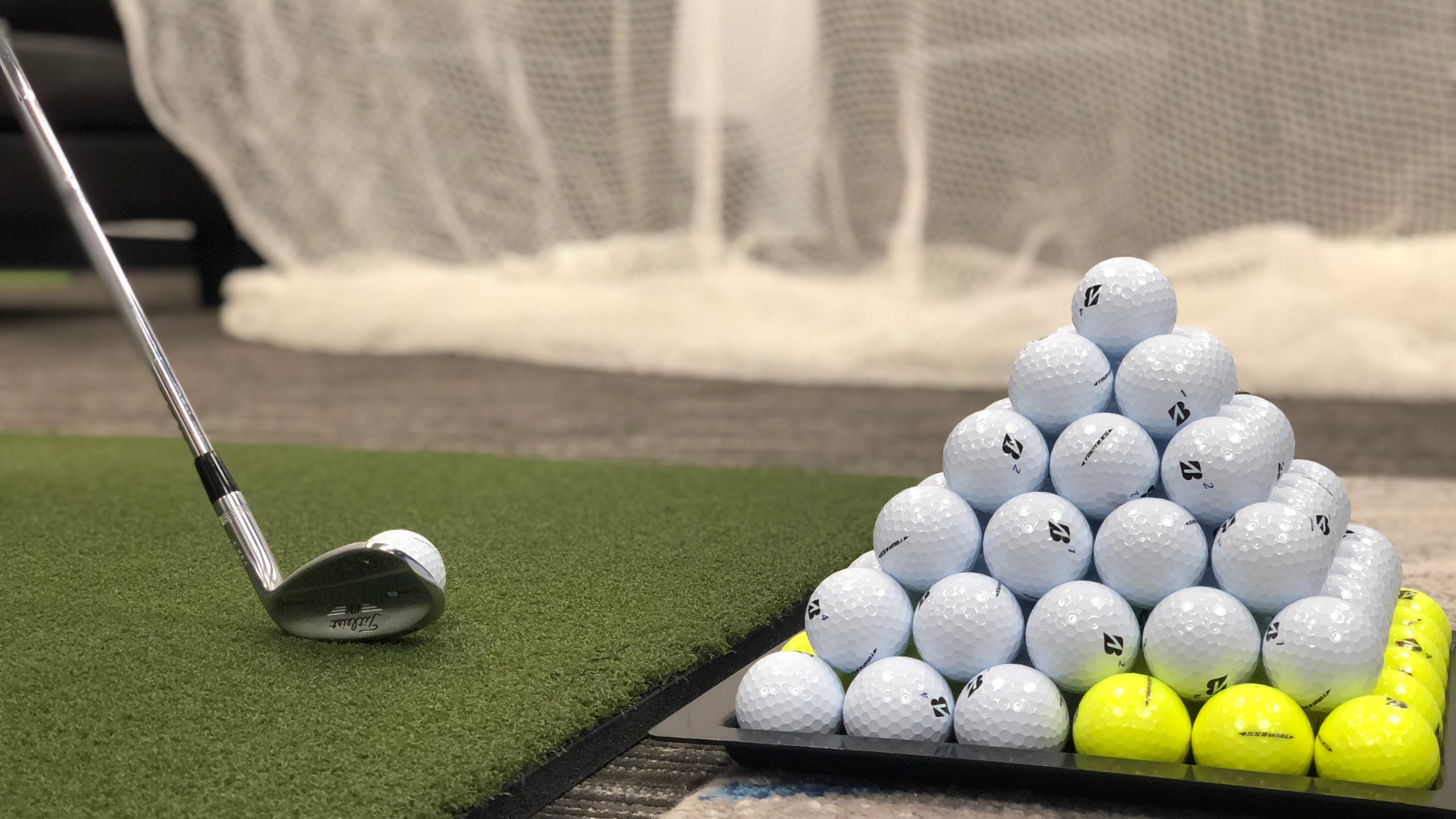OBEO believes in trying new things, mostly because it helps us live in the “uncomfortable” space of change. Stretching to new horizons enables you to gain perspective and pushes you to new limits. But whether it is golf, food, photography, technology, or something else, we all share one thing in our “uncomfortable” zones – passion for participation. Lessons learned from participation vary on the topic we are exploring, (coincidentally we’ve discovered a direct correlation of interest in the subject matter and the intensity of the involvement)…but we all participate!
In our recent exploration of golf, we’ve not only set up a net in the office, but we discovered a couple of profound “lessons learned”:
- Mechanics: We incorrectly assumed that arms are a primary force in a swing. It turns out, the arms are primarily a reflection of the rest of the body’s movements. Realizing that the mechanics literally span from head to toe, we were amazed to see how the big muscles (i.e., shoulders, core, legs) need to be in proper form if the small muscles (i.e., feet, arms, hands) have any chance of being in the correct position. Yes, most people, aka amateurs, do not have a mechanically sound swing, which means that their muscles are literally fighting against each other, hence why we see power slices and duck hooks.
- Lesson Learned – We can holistically harmonize all of our efforts by focusing on the interconnection between the big and small movements in our lives.
- Sequencing: The slightest variation in angle or pitch while in the backswing, downswing, or any other part of the swing (and there are several!) have massive implications in the final outcome. Even if the mechanics of the swing are sound, timing is everything, from big muscles to pressures in the feet and hands. But when there are so many moving pieces, how do you leverage a domino-type effect that ensures proper activation at the ideal time? Triggers. Setting the wrist at the top of the swing, for example, helps control the clubface in the downswing and at impact.
- Lesson Learned – Triggers are a great way to help sequencing become second nature. Create good triggers that are associated with a proper sequence and you’ll have a much better chance of success.
- Score: The course and environment may change, but you measure winning the same – strokes played. To help encourage the beginners and professionals to play their very best, even against each other, the Golf Handicap Index Number (GHIN) was created. GHIN takes into account several factors, but the one that we noticed included your potential. Sure, you may have played the best game of your life on one round and the worst game the next, but the game is interested in what your potential is.
- Lesson Learned – Keeping score is critical if you want to see if you’re winning, but make sure that you push yourself because your potential is even better than what the scoreboard shows.
While there may be a “perfect swing,” we are on a journey to find as Baggar Vance once put it, “your one authentic swing.” Much like a fingerprint, no two swings are identical between players or even between a player’s shots. Hence, we navigate each course and swing with a foundation built on solid fundamentals, customized to the situation.

